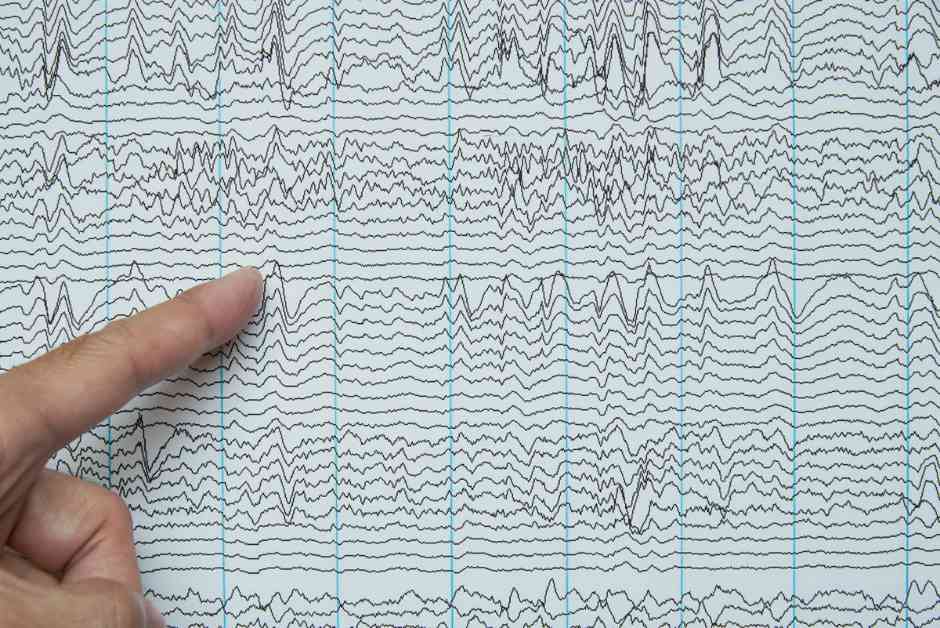Electroencephalography, or EEG, has been a crucial tool in neuroscience for the past 100 years. It has revolutionized the way scientists study the human brain and understand cognition, from perception to memory. EEG has played a significant role in diagnosing and treating various brain disorders, such as epilepsy.
The inventor of EEG, psychiatrist Hans Berger, conducted the first EEG recording on a human in 1924. His pioneering work laid the foundation for the study of brain waves and neural oscillations. Through his experiments, Berger discovered that when many neurons are active simultaneously, they produce electrical signals that can be recorded using EEG electrodes on the scalp.
Since Berger’s initial discoveries, researchers have identified specific frequencies at which neural activity oscillates, such as alpha and theta rhythms. These oscillations are crucial for communication between different brain regions and are essential for cognitive functions like memory encoding and retrieval.
Recent studies have shown that noninvasive brain stimulation methods can alter neural oscillations and improve cognitive performance. For example, mindfulness meditation has been found to increase theta frequency oscillations and enhance memory retrieval. Additionally, brain stimulation at specific frequencies, such as theta frequency, can lead to improved memory performance.
EEG has also provided insights into how the brain processes information across various cognitive domains, including perception, attention, language, and emotion. It is commonly used today to diagnose sleep disorders, epilepsy, and guide treatments for brain disorders.
Researchers are now exploring the potential of using EEG to enhance memory through noninvasive brain stimulation. Preliminary studies have shown promising results, such as improved memory and neurotransmitter transmission in Alzheimer’s disease with gamma frequency stimulation. New techniques like temporal interference, which uses high frequencies to target specific brain regions, have shown improvements in memory retrieval.
As we celebrate the 100th anniversary of EEG, the future possibilities of this technology are vast. Researchers anticipate using EEG for personalized diagnosis and treatment of brain disorders, as well as for enhancing cognitive function in everyday life. The integration of affordable, wearable EEG devices into virtual reality applications could revolutionize how we interact with technology and enhance our cognitive abilities.
In the next 100 years of EEG research, the focus will be on understanding the role of neural oscillations in cognition and exploring how altering these oscillations can lead to long-lasting cognitive enhancements. The potential of EEG technology is limitless, and it will continue to shape our understanding of the human brain and cognitive function in the years to come.






